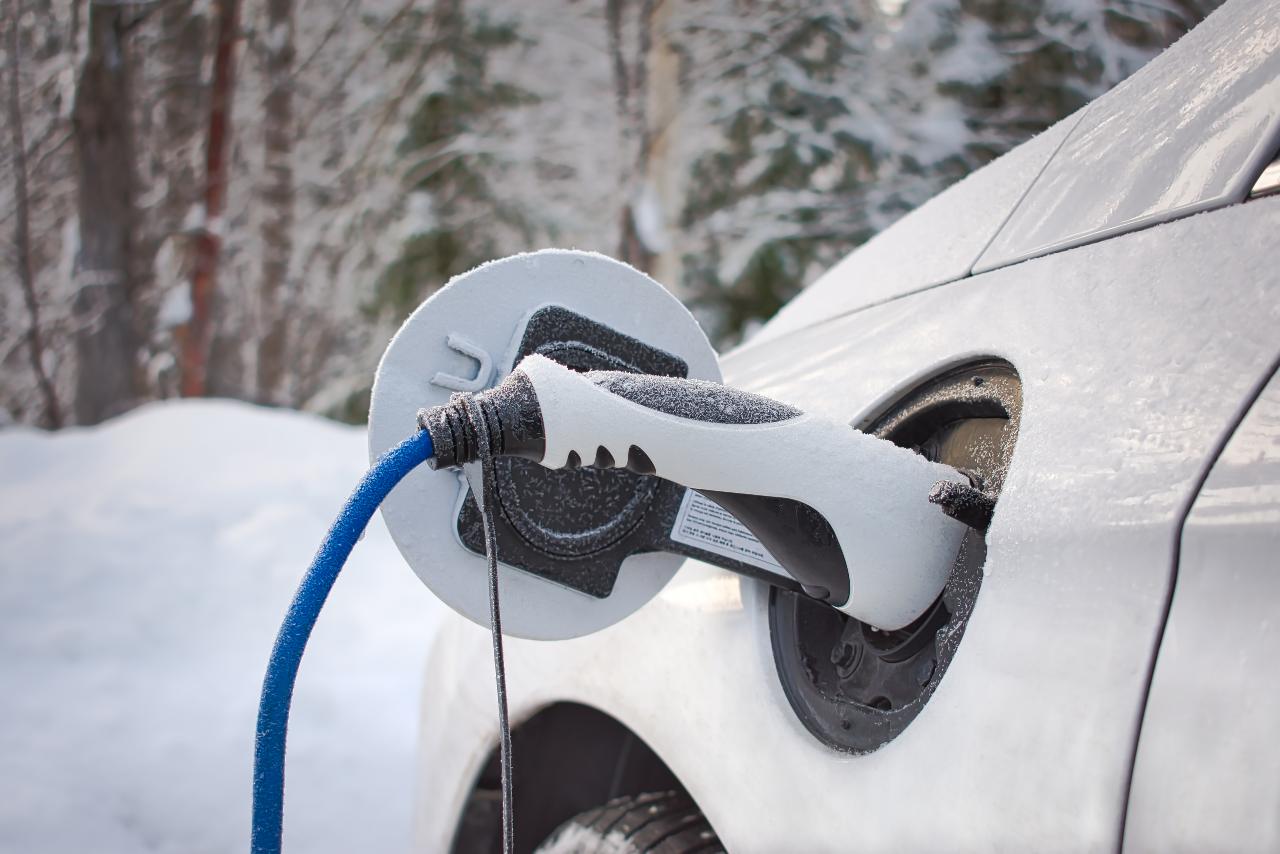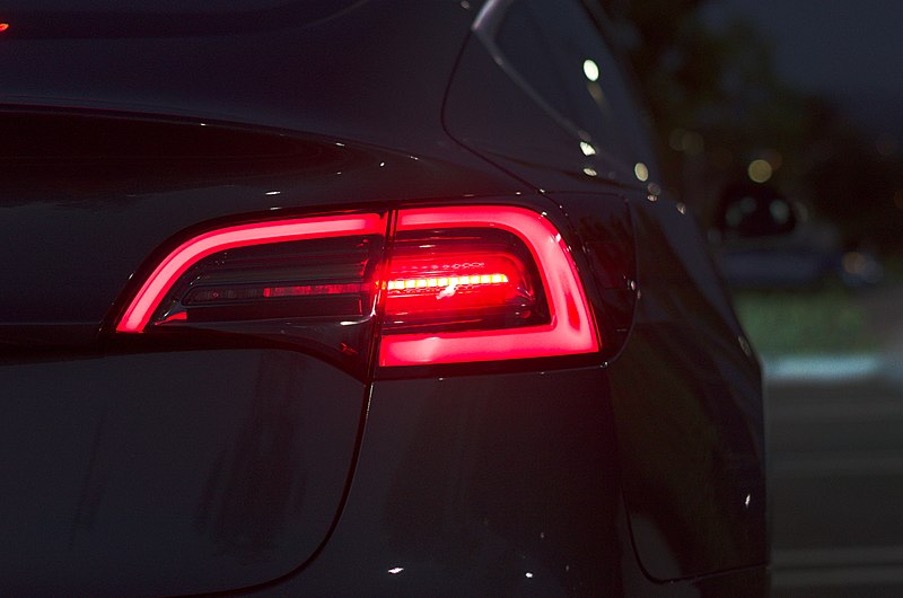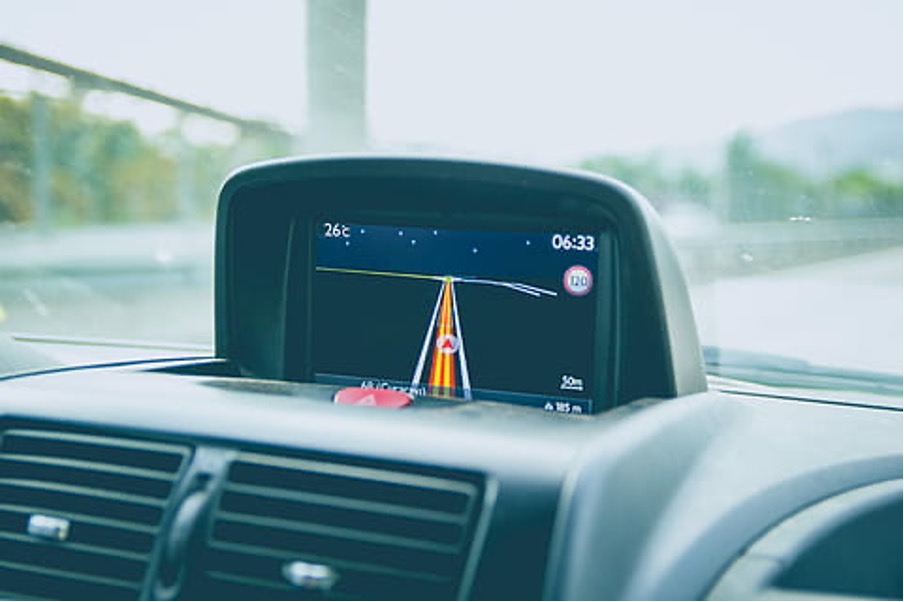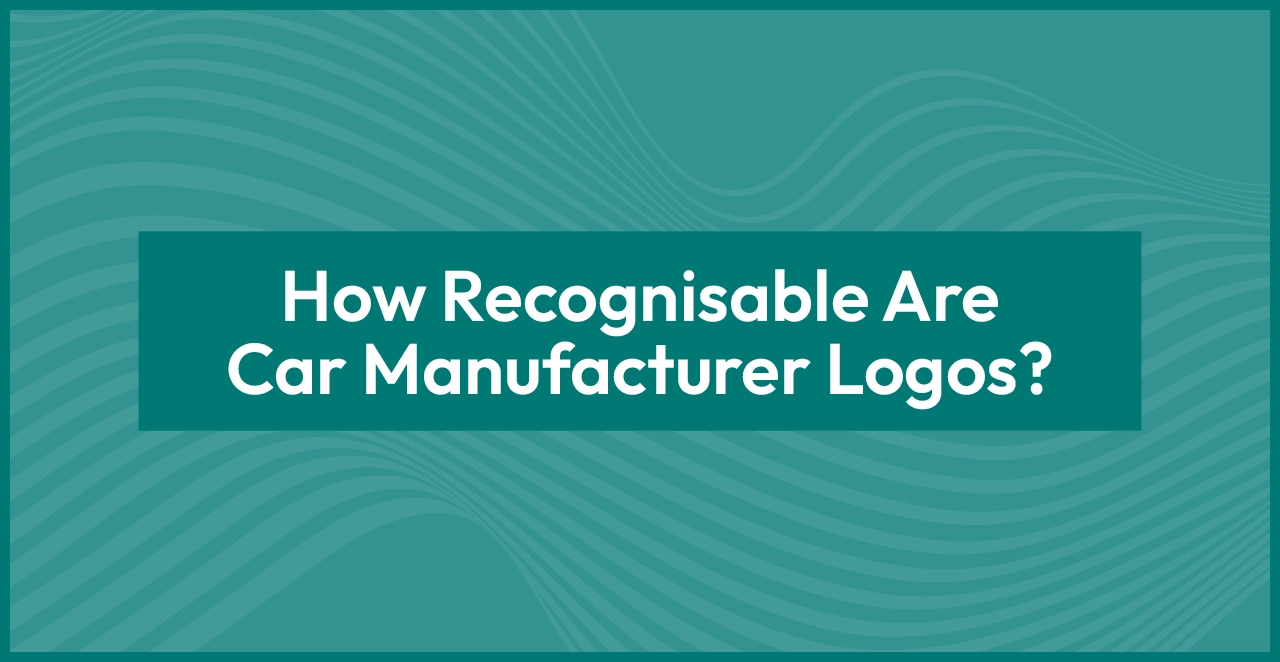Whether it’s your first winter in a brand-new electric car or you’re preparing for yet another snow season in your Honda e, [Mini Electric](/car-leasing/mini/hatchback or Vauxhall Corsa-E – winter driving represents a unique set of challenges for EVs. Unlike vehicles powered by internal combustion engines, electric cars have no trouble starting up on a cold winter’s day. However, there are some things to be mindful of, mainly around the driving range and charging capacity of your EV. The cold weather impacts the range of electric cars due to slowing down the chemical reactions that charge up the battery and release electricity during your journey.
With that in mind, here are our eight fast-fire tips on the best ways to get the most out of your electric car this winter and to stay safe in challenging conditions.
1) Pre-Condition Your Car
These days, most EVs offer the ability to pre-condition your car before you enter. The convenient feature allows you to pick the optimum temperature of your EV before leaving the house in the morning. Your car will already be at the perfect level of toasty before setting off to work.
This happens to be extremely helpful in the colder temperatures that we experience during winter and enables the car to save battery. The program efficiently manages the heat once it’s hit your preferred temperature, meaning the least amount of energy possible is used to warm the car. The driver will experience one constant temperature. In comparison to combustion-powered cars, most rely on the driver to regulate the temperature between too cold and too warm!
2) Use Regenerative Braking
Regenerative braking comes in extremely handy all year round, but especially during the winter months when you’re trying to maximise battery capacity and range. If your EV has regenerative braking, it will progressively recharge the battery when you slow down the car, leading to prolonged battery life.
Another perk of regenerative braking is minimising the chance of losing control of your car on a hazardous road surface and skidding. This is due to the motor progressively slowing the car to a standstill. As a result, journeys in electric cars are much safer and stable during the winter months than conventional vehicles powered by a combustion engine.
3) Park In Your Garage
If you’re lucky enough to have access to a garage, clear out those old boxes of board games, take that unused wardrobe down to your local charity shop – you need the space for your electric car during the winter months.
Parking in your garage can make a big difference to battery performance as it will keep the car warm when you’re not using it. The battery will hold its charge far more efficiently if it’s not plummeting to sub-zero temperatures every night. Also, the same applies if you’re parking in a public place. Try to always go for the indoor option wherever possible.
4) Utilise Eco-Mode
Although eco-mode tends to mean slightly different things depending on which electric car you own, two things are for sure – it will help you to reduce power consumption and boost the range of your vehicle. The eco-mode will help to negate some of the impacts of cold temperatures on your EV by reducing the rate at which you can accelerate whilst also limiting the amount of power used to heat the car.
If you own an iPhone, you’ve most likely used the low-power mode at some point. Think of your EVs eco-mode the same way as your iPhone’s low-power mode – it can help to bail you out of some tight situations.
5) Plan Your Journey
Although this may sound like common sense, always remember to plan your journey, especially if the route and destination are unfamiliar to you. During the winter months, battery power is at a premium and it pays to plan ahead to avoid wasting precious charge. A knock-on effect of this is that charging points are more in demand, which means you might be waiting longer than usual to charge up your EV.
Avoid lengthy queues by planning your journey in advance. There’s plenty of mobile apps that will tell you where the nearest charging points are on your route.
6) Regularly Check Components
Although electric cars use much fewer moving parts than conventional cars, winter is still the toughest time of year on the components. That’s why it’s recommended that EV drivers regularly check their cars for common maintenance issues such as the condition of the tyres, brakes and windscreen wipers.
Luckily if you lease a car with Vanarama you can take advantage of a maintenance package. Including regular servicing, maintenance and tyre replacement in the event of an emergency – it’s the best way to keep your vehicle on the road when you need it most.
7) Don’t Let Your Battery Get Too Low
As we’ve already mentioned, the winter months are tough on your EV’s battery, leading to reduced range in some instances. To heat your battery when you start using your EV, the management system reserves around 20% of the charge.
That’s why it’s important to not let it drop below 20%, and ideally not below 50%. This will increase your margin of error in case you get lost and don’t know where the next charge is coming to come from. Your EV will be able to warm its battery comfortably for the next 60 miles or so before dropping below the 20% level.
8) Regularly Inflate Your Tyres
Our last nifty tip to make sure your electric car is set for winter is to inflate your tyres regularly. The reasoning behind this is due to the temperature dropping during winter, your EV’s tyres will begin to contract as the air pressure falls.
According to Continental tyres, a good rule of thumb is that when the temperature decreases by 10°C, tyre pressure drops between 0.07 to 0.14 bars or 1 to 2 pounds per square inch (PSI).
That’s why it’s important to be extra vigilant during the winter months and ensure that your tyres are fully inflated for maximum grip at all times.







